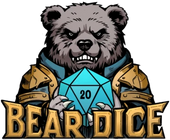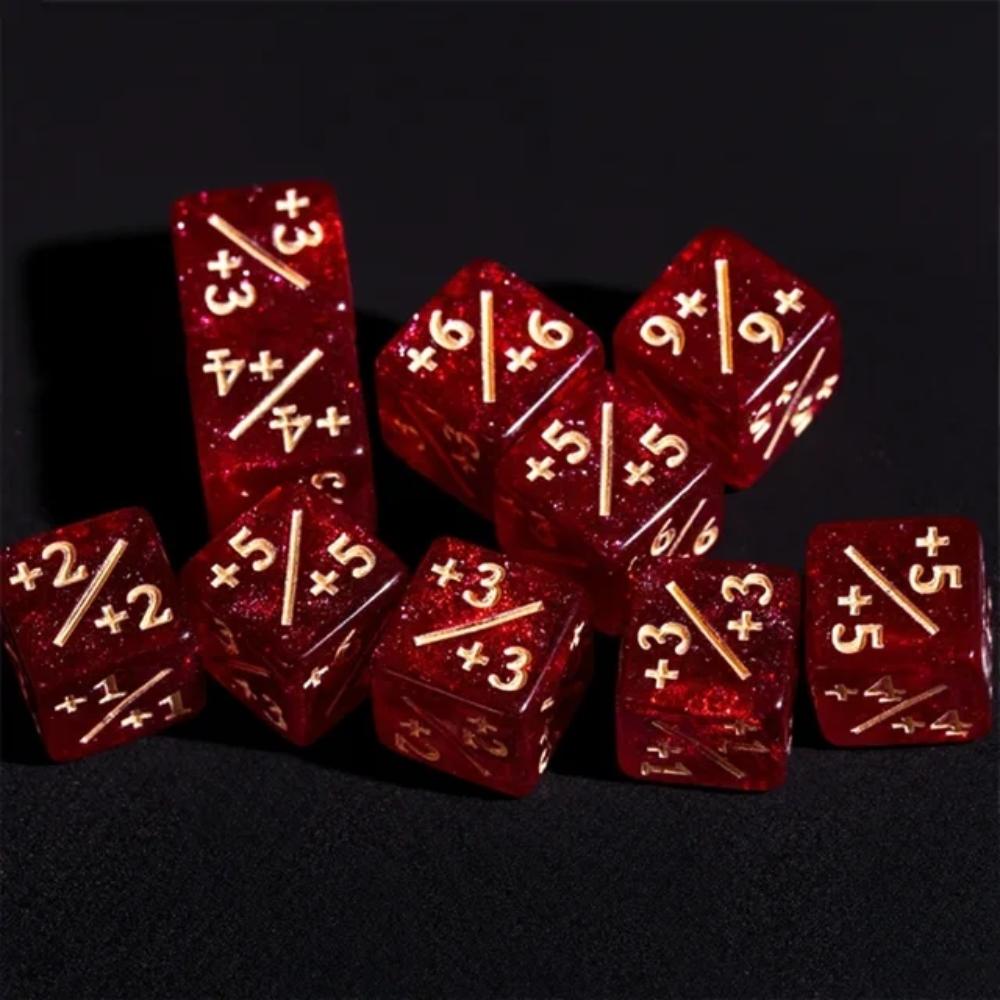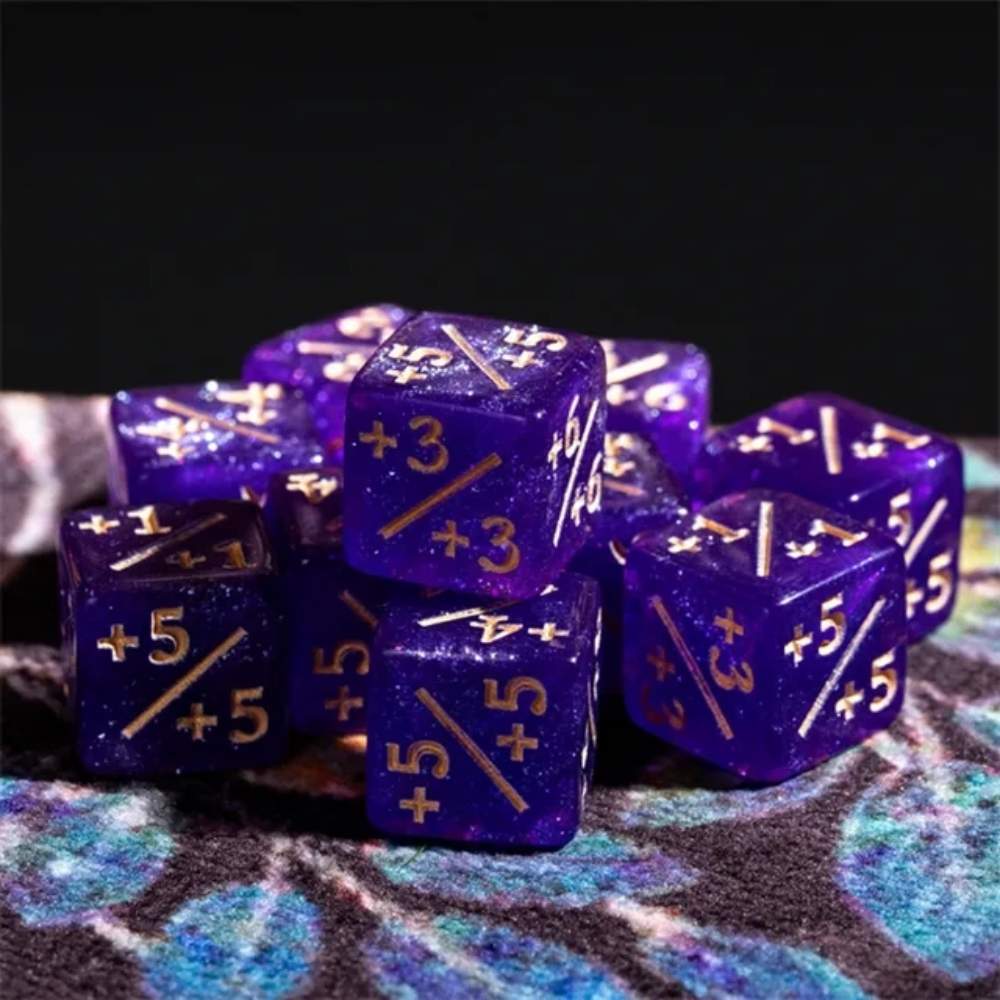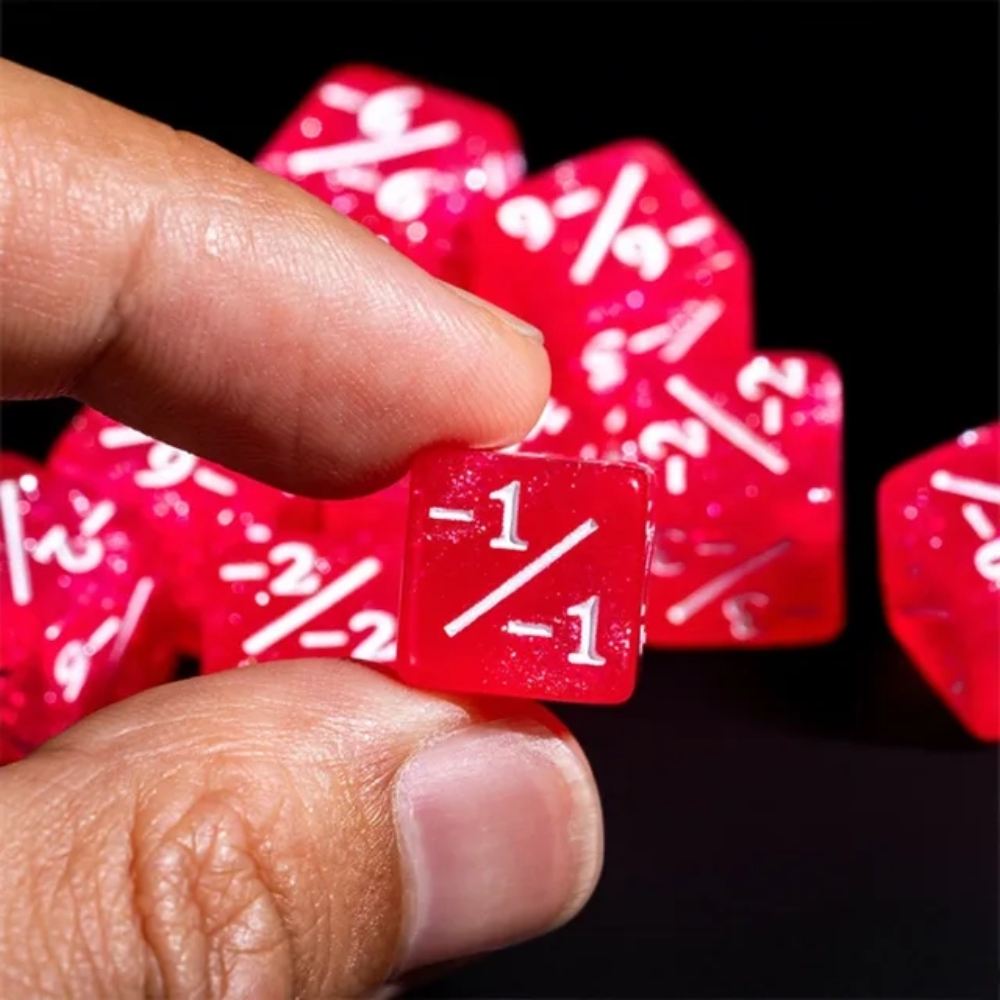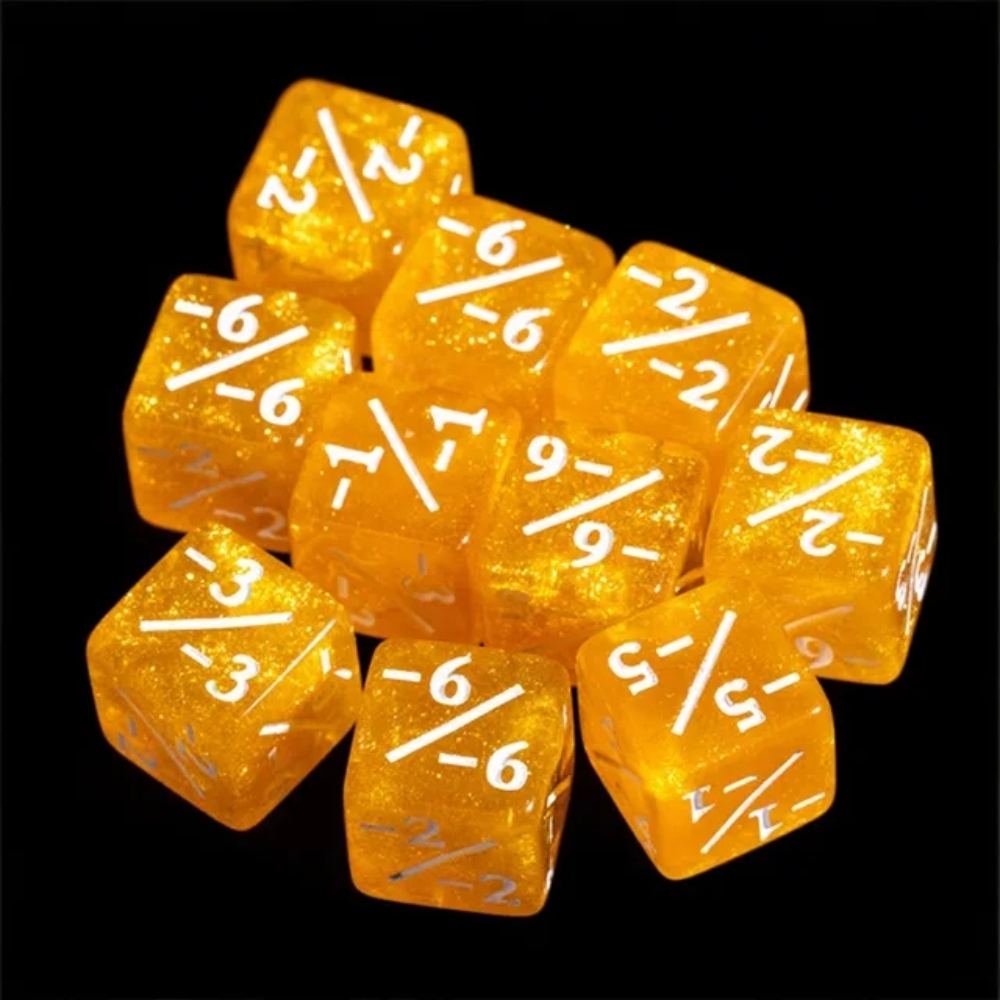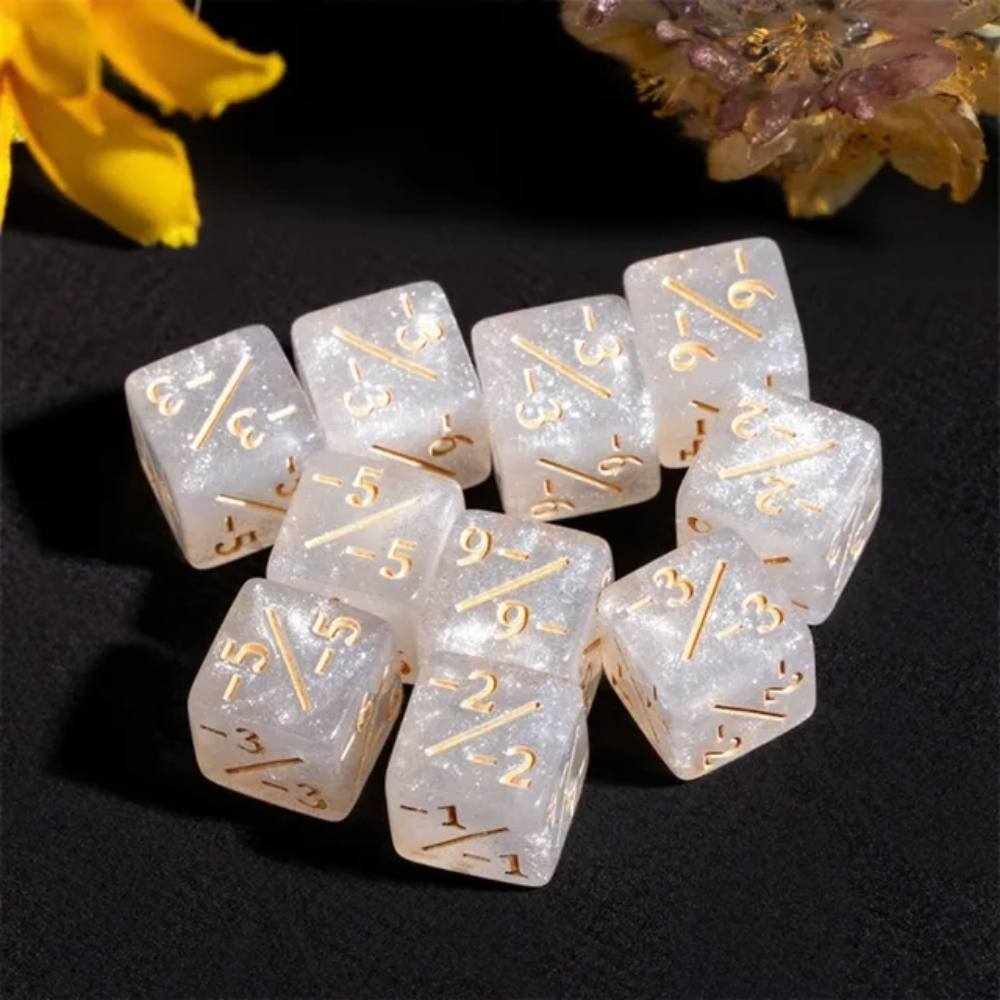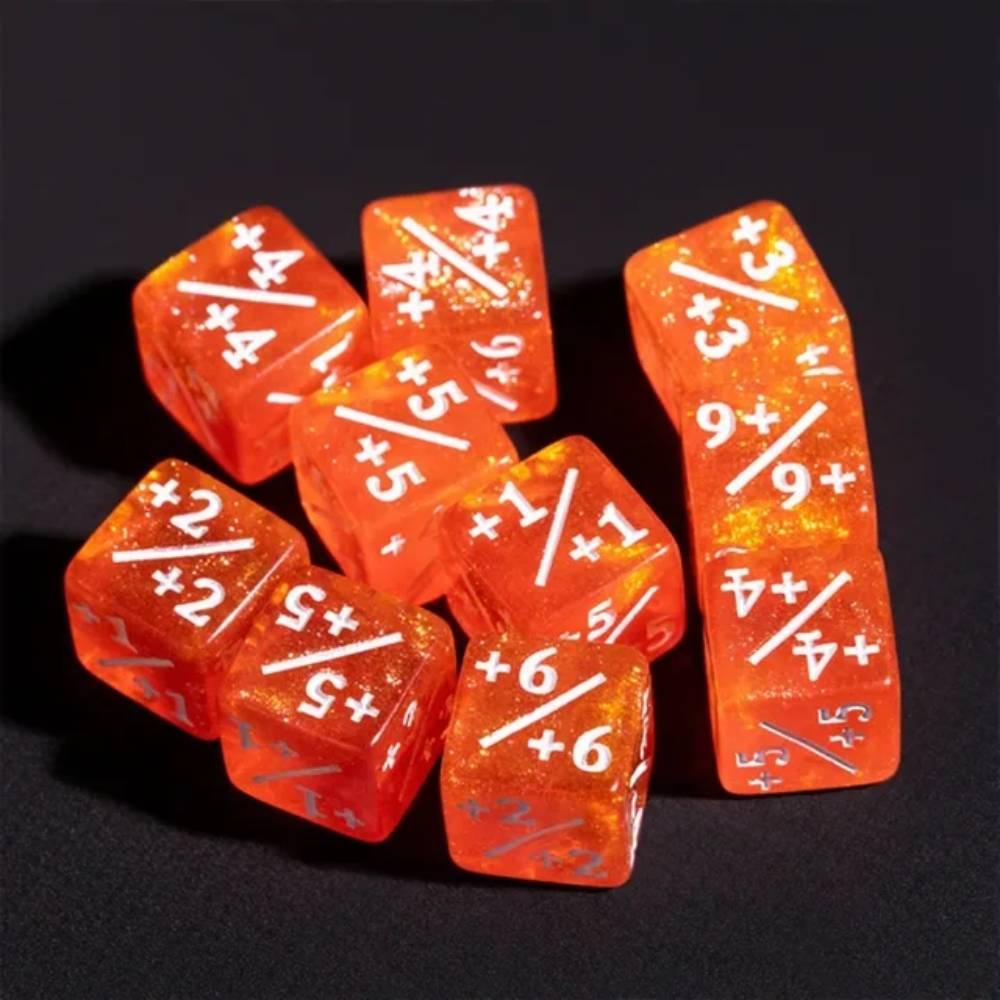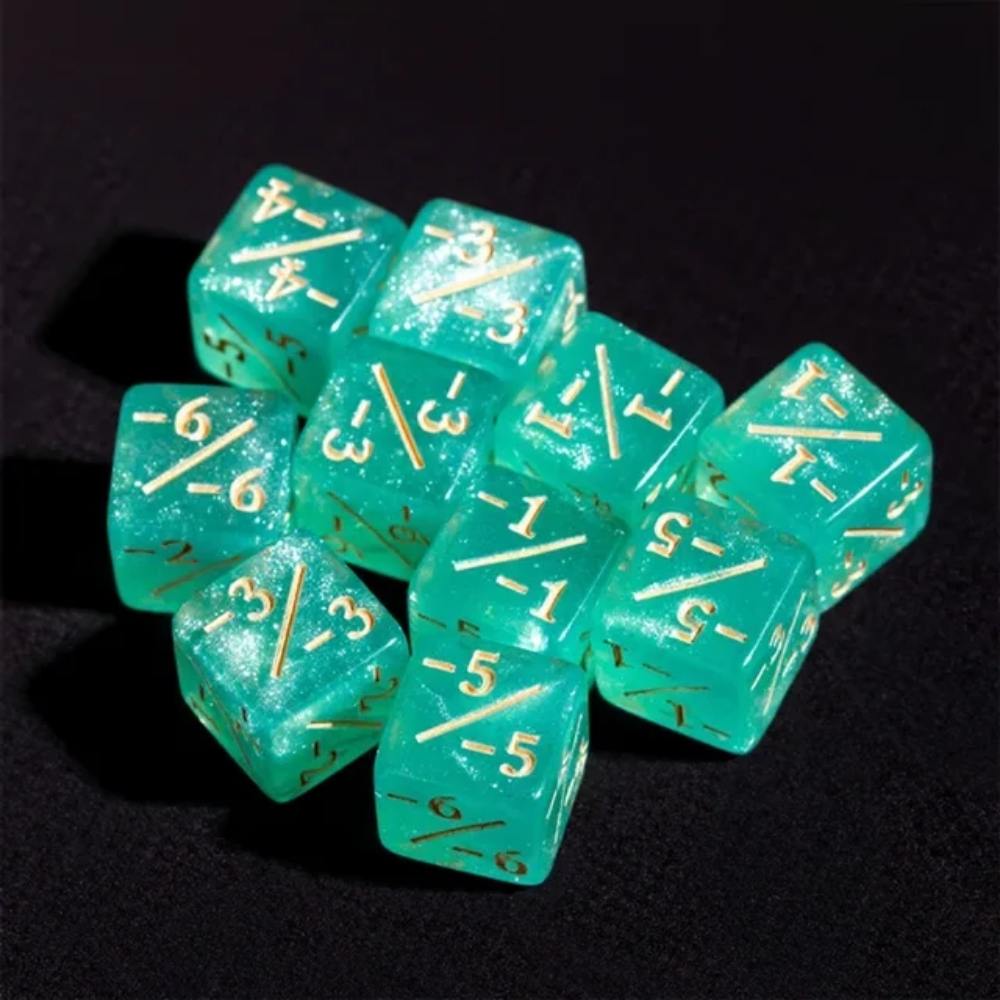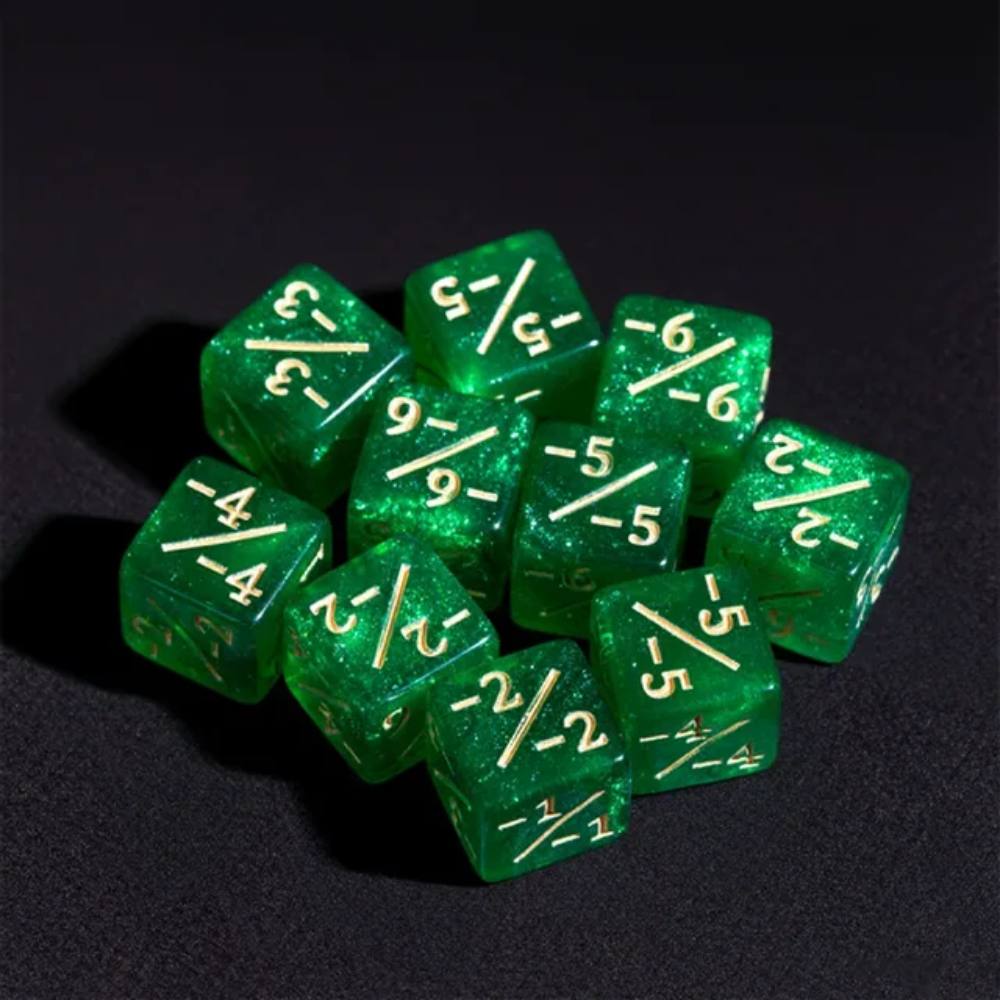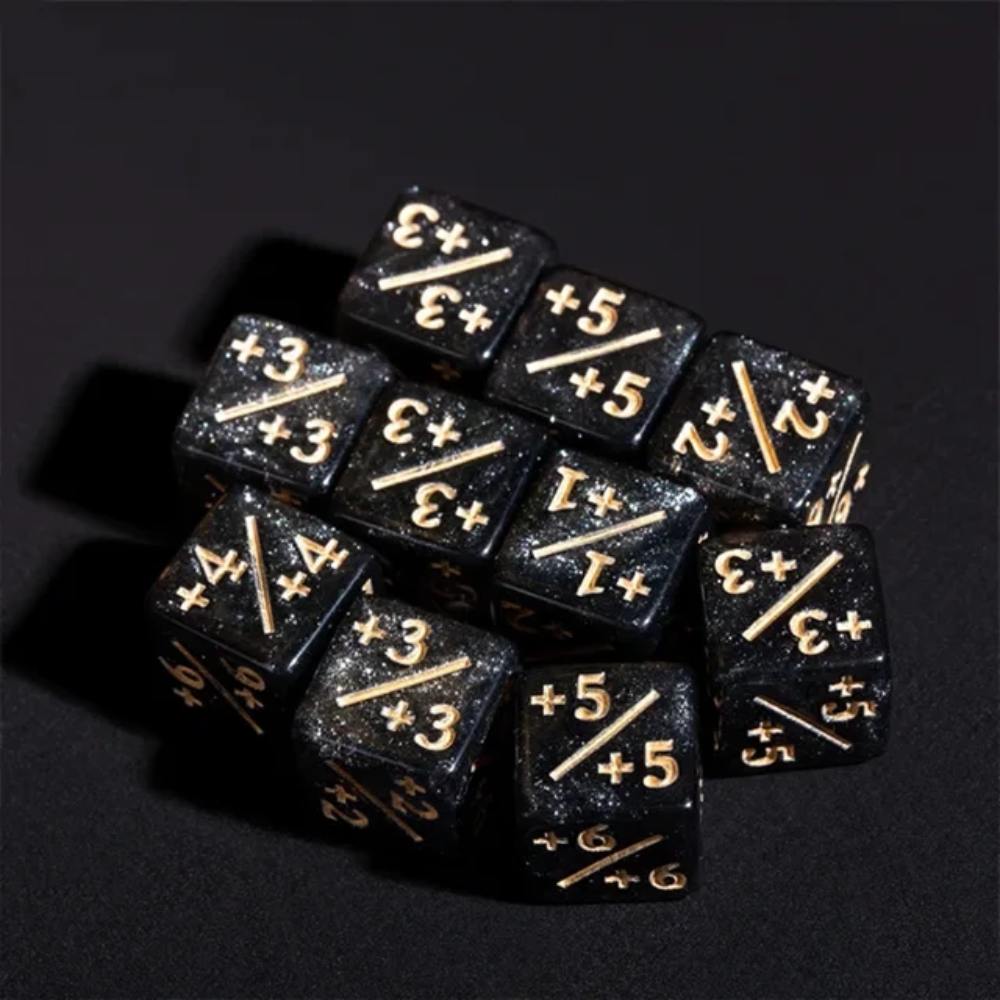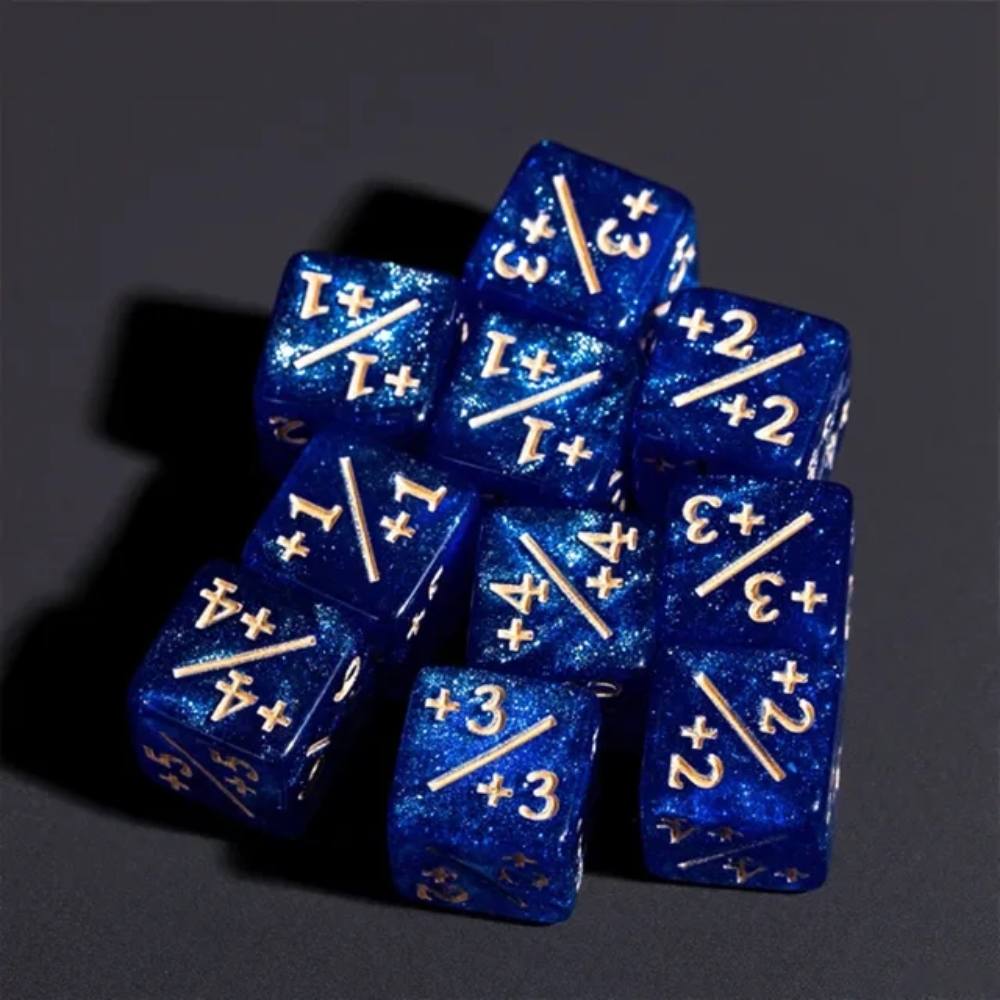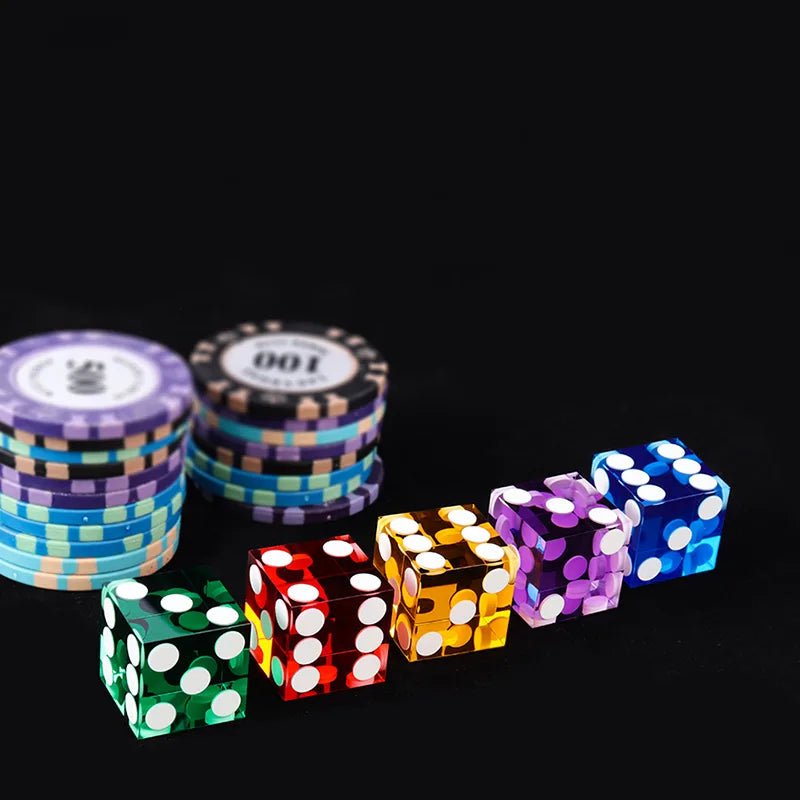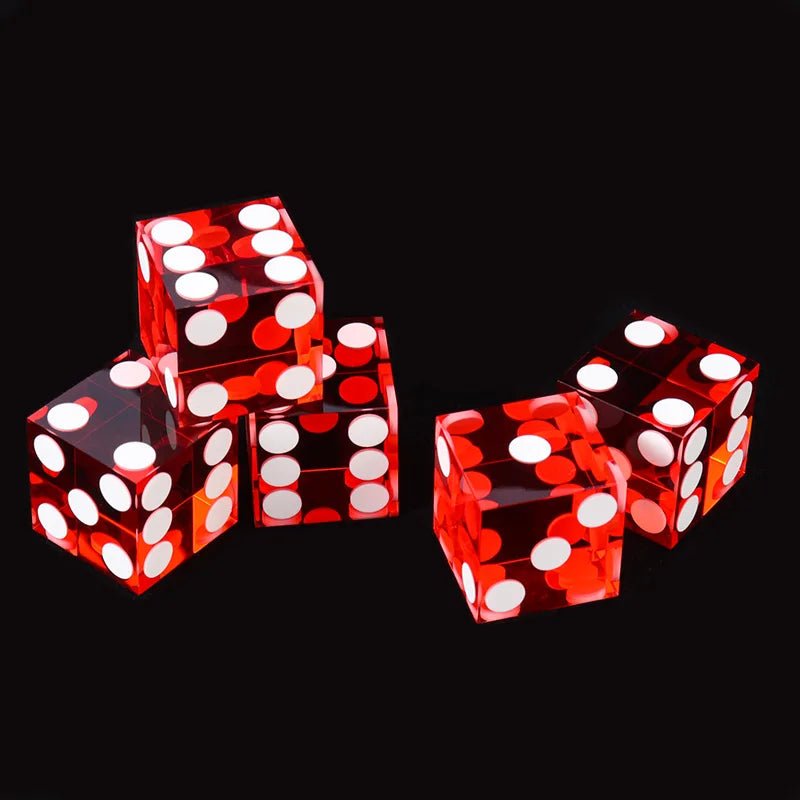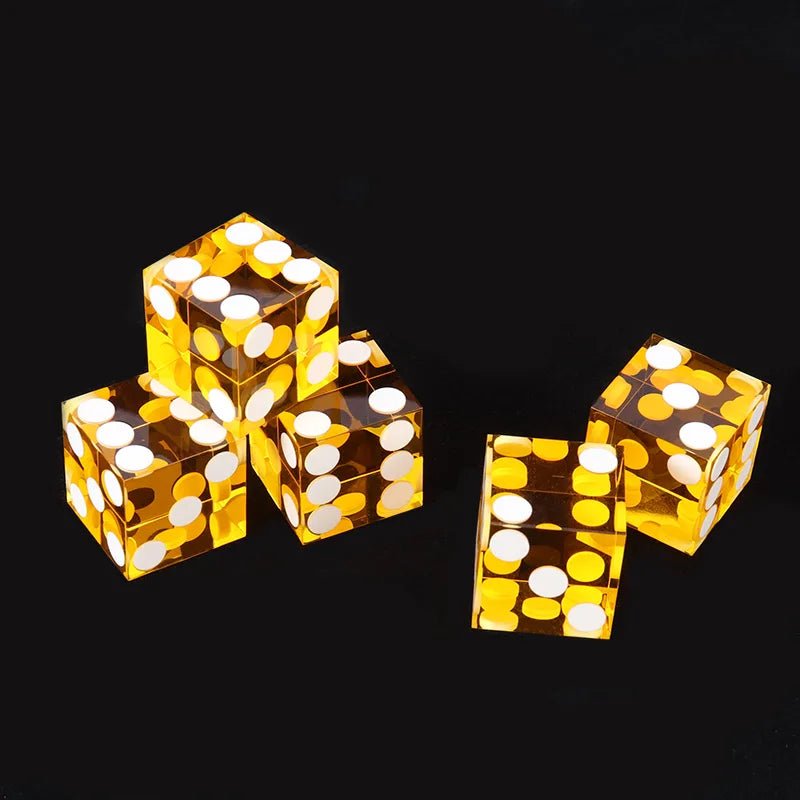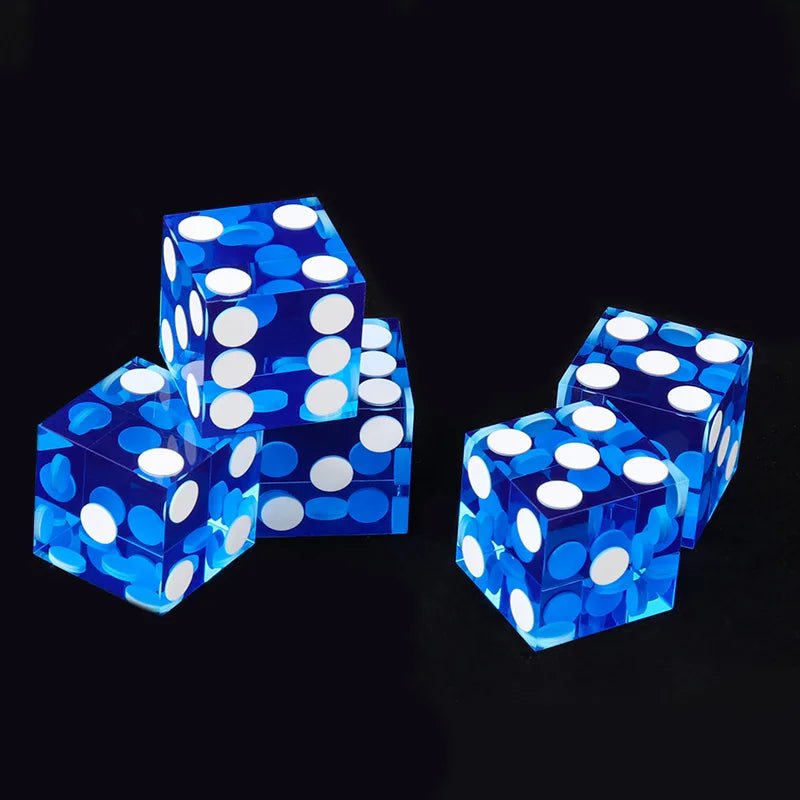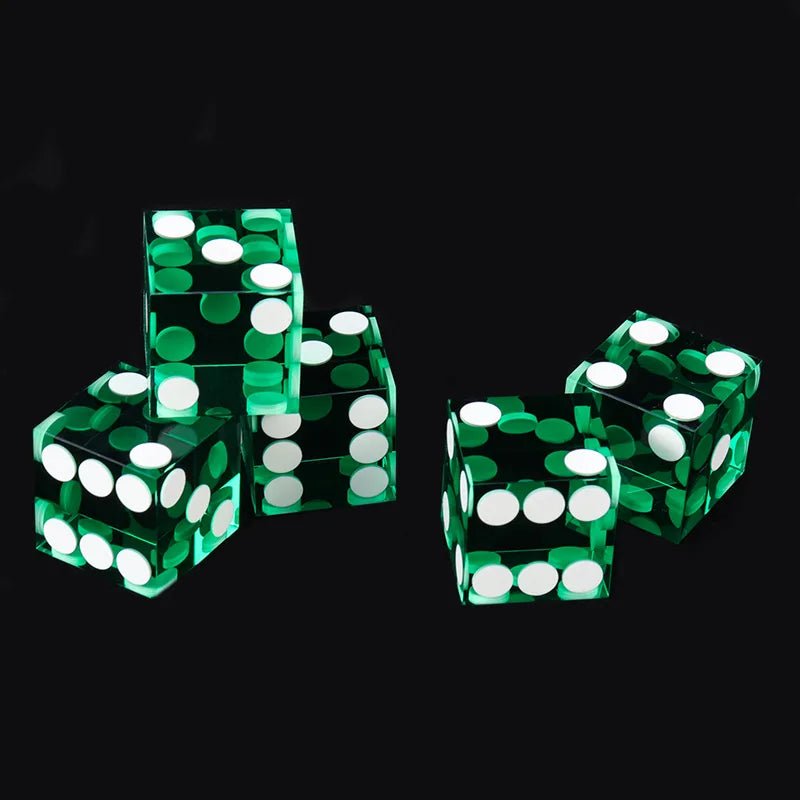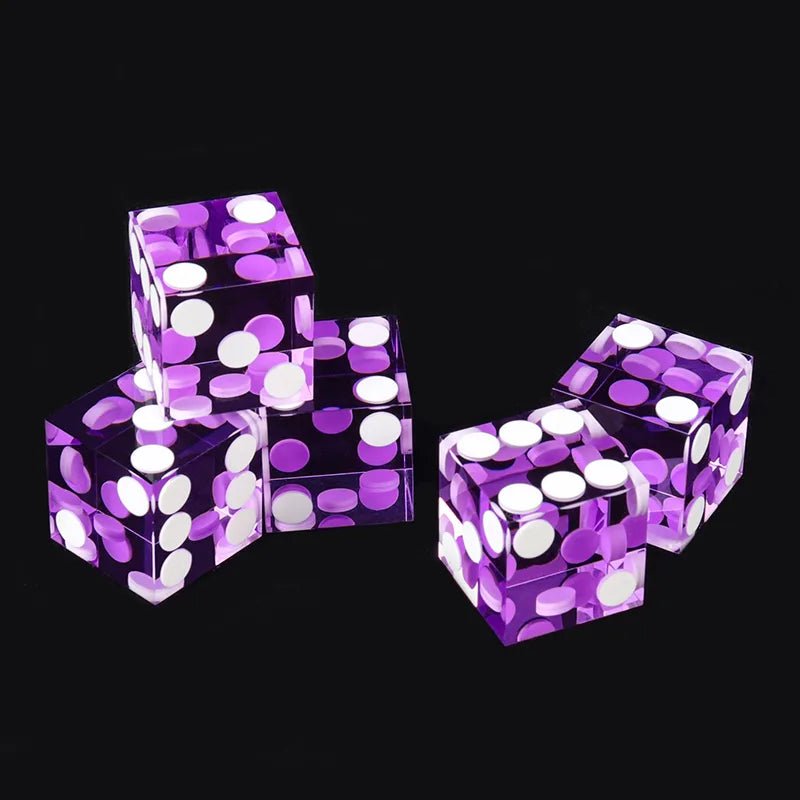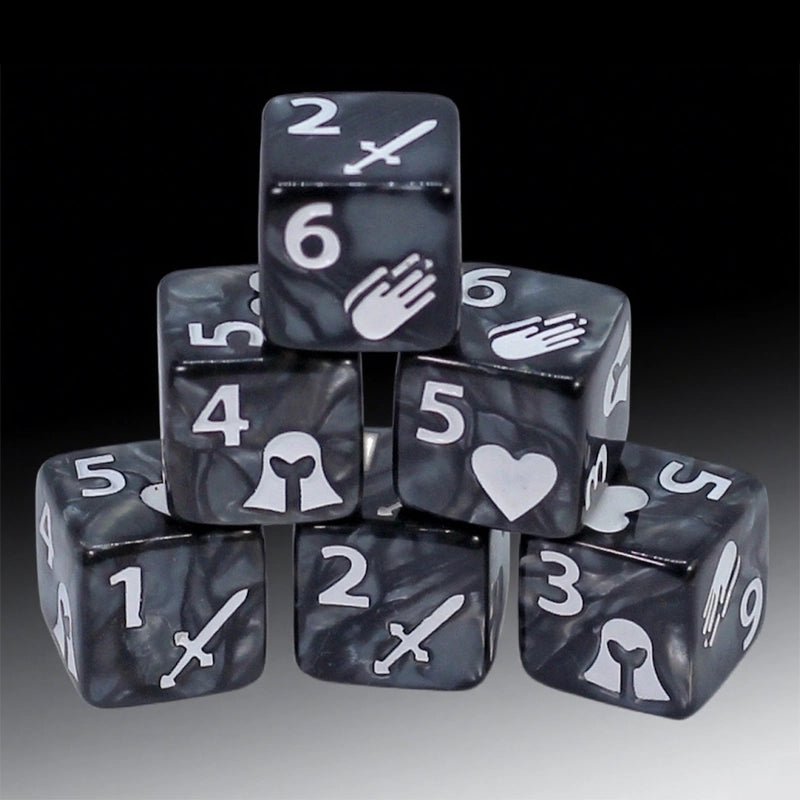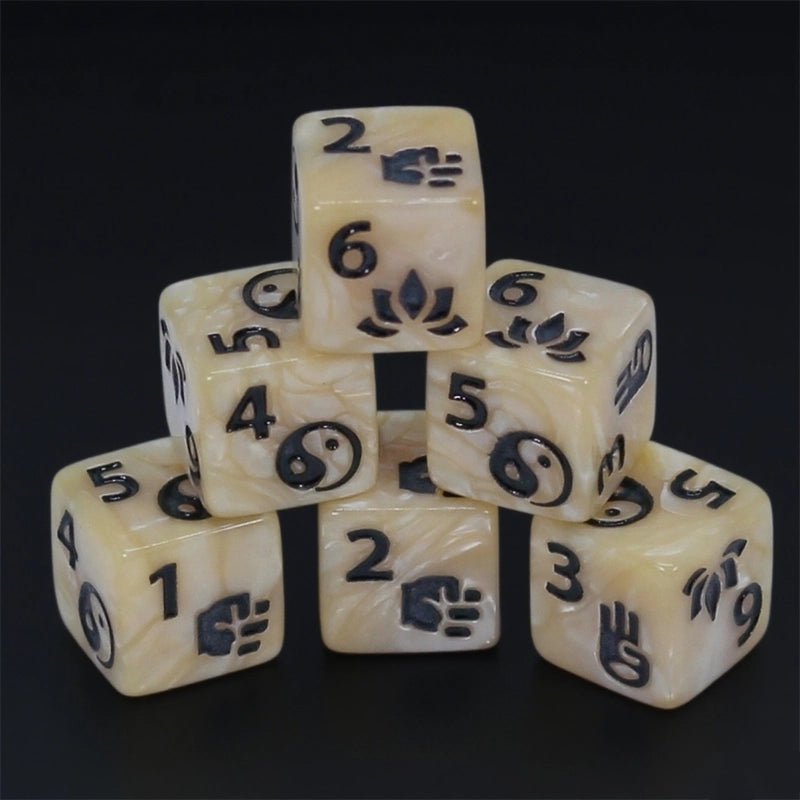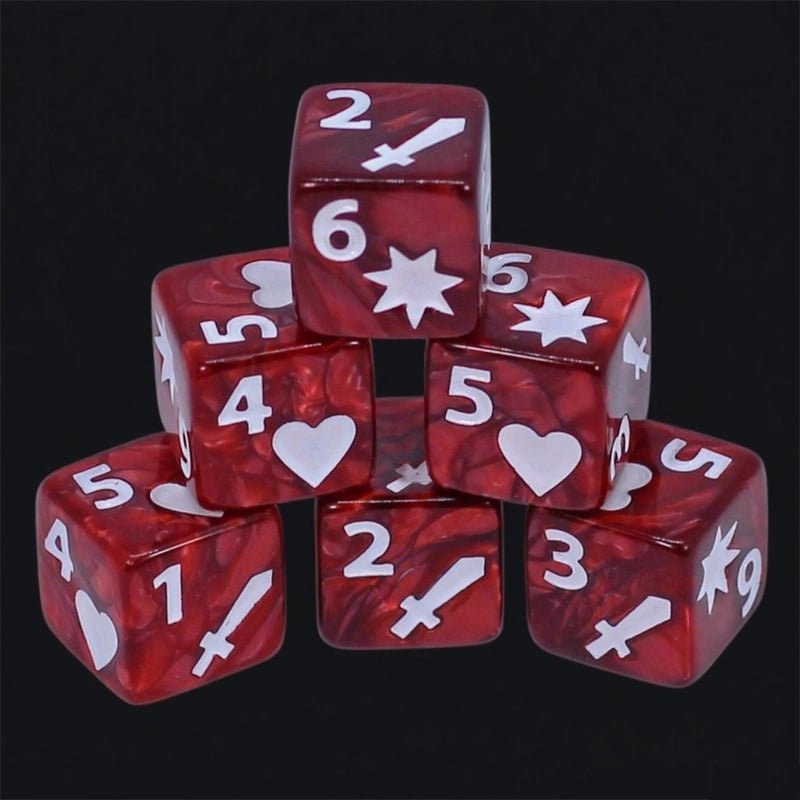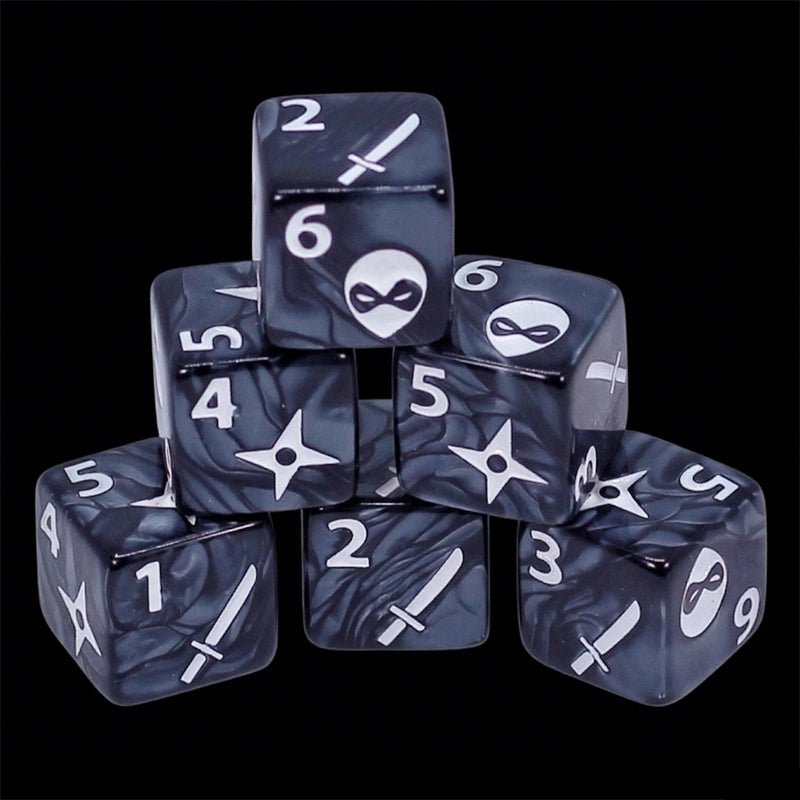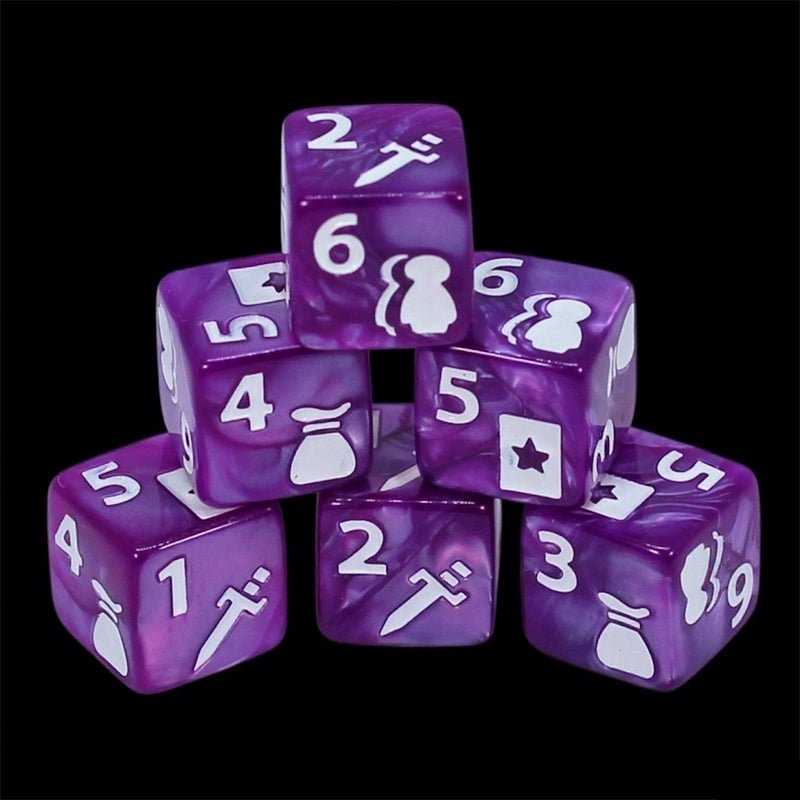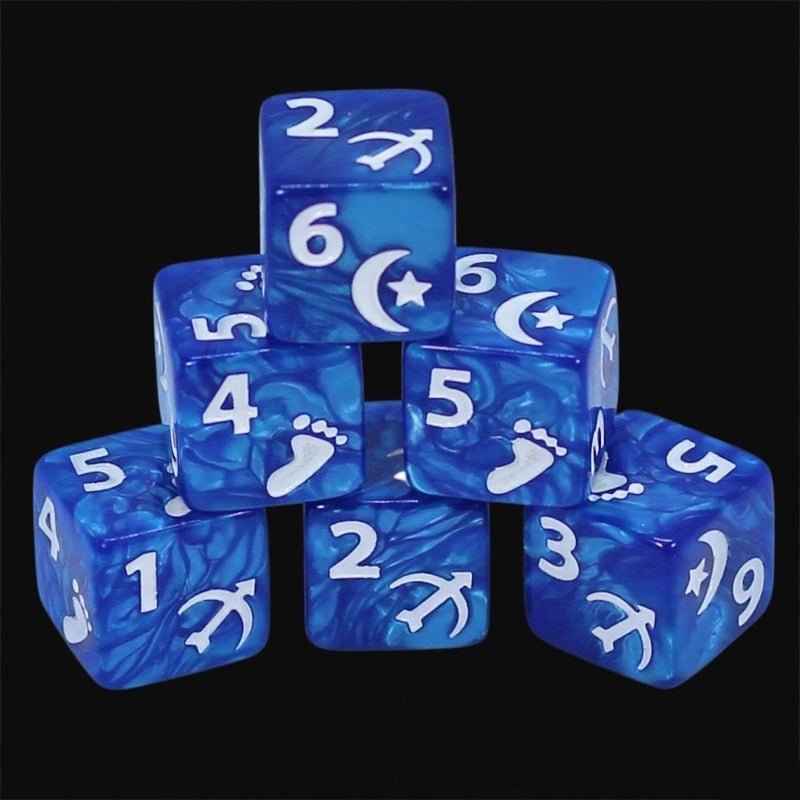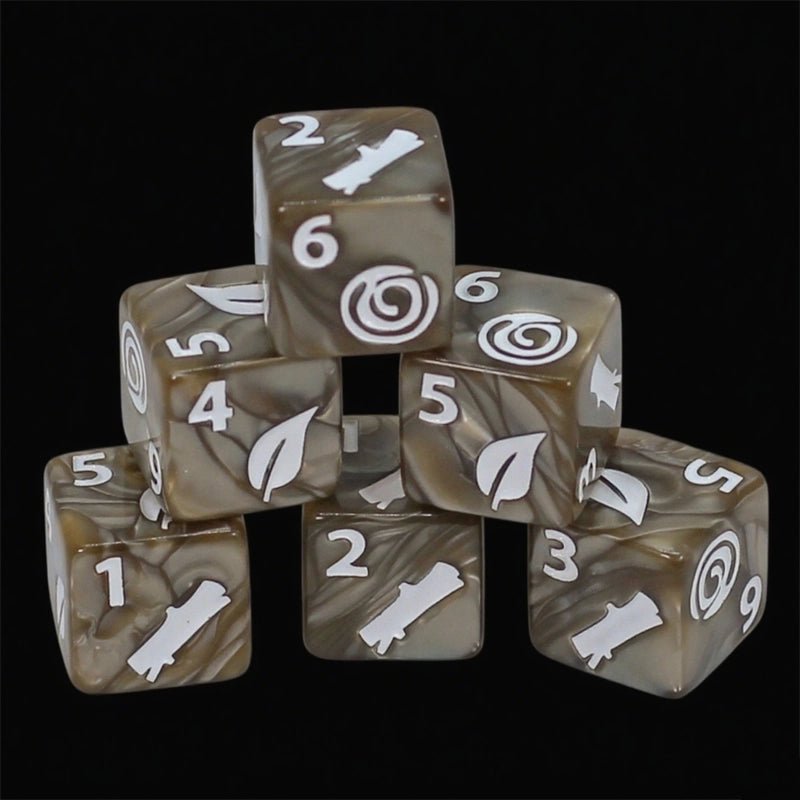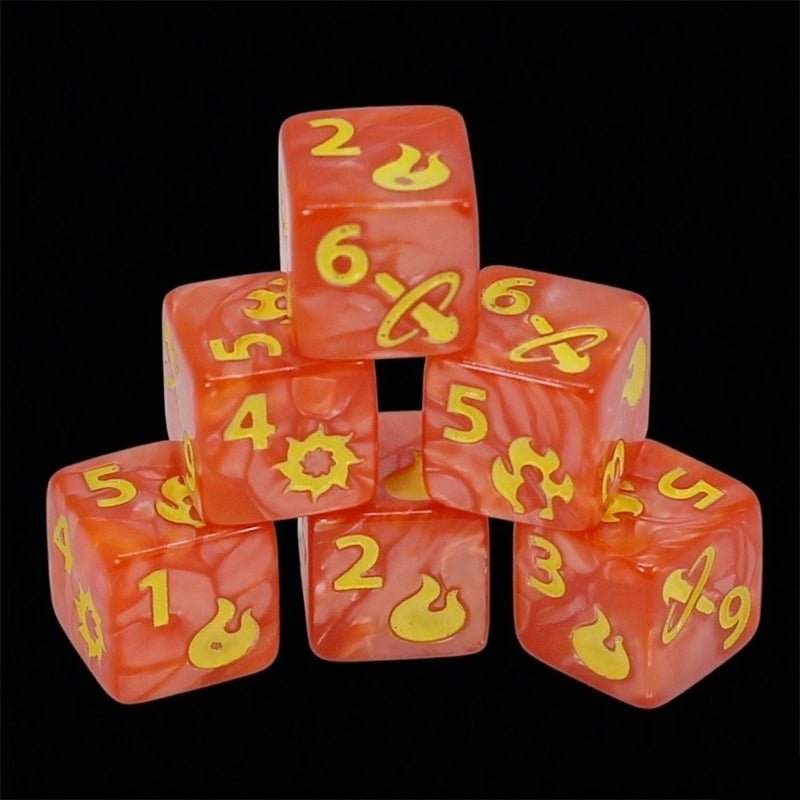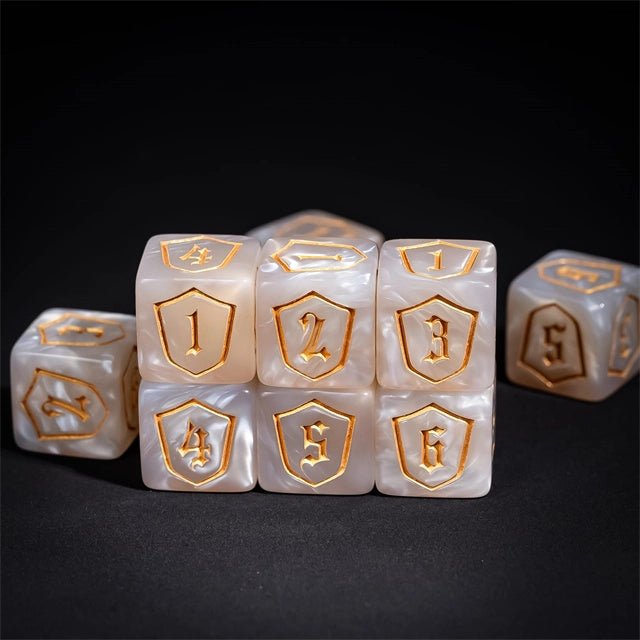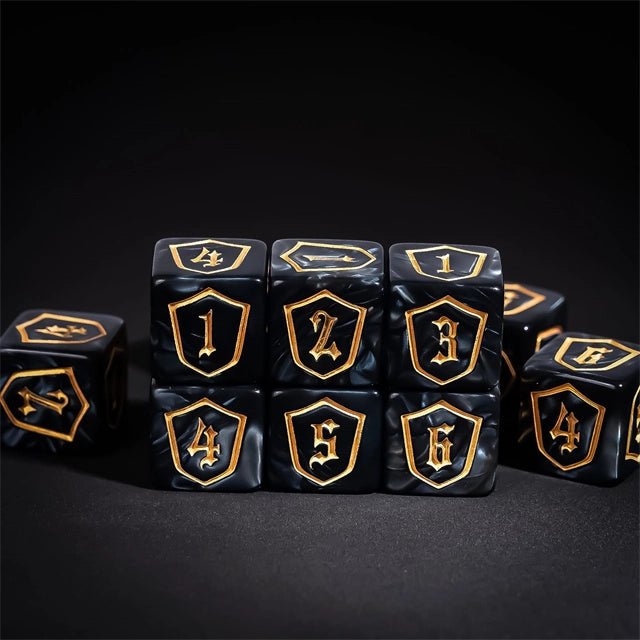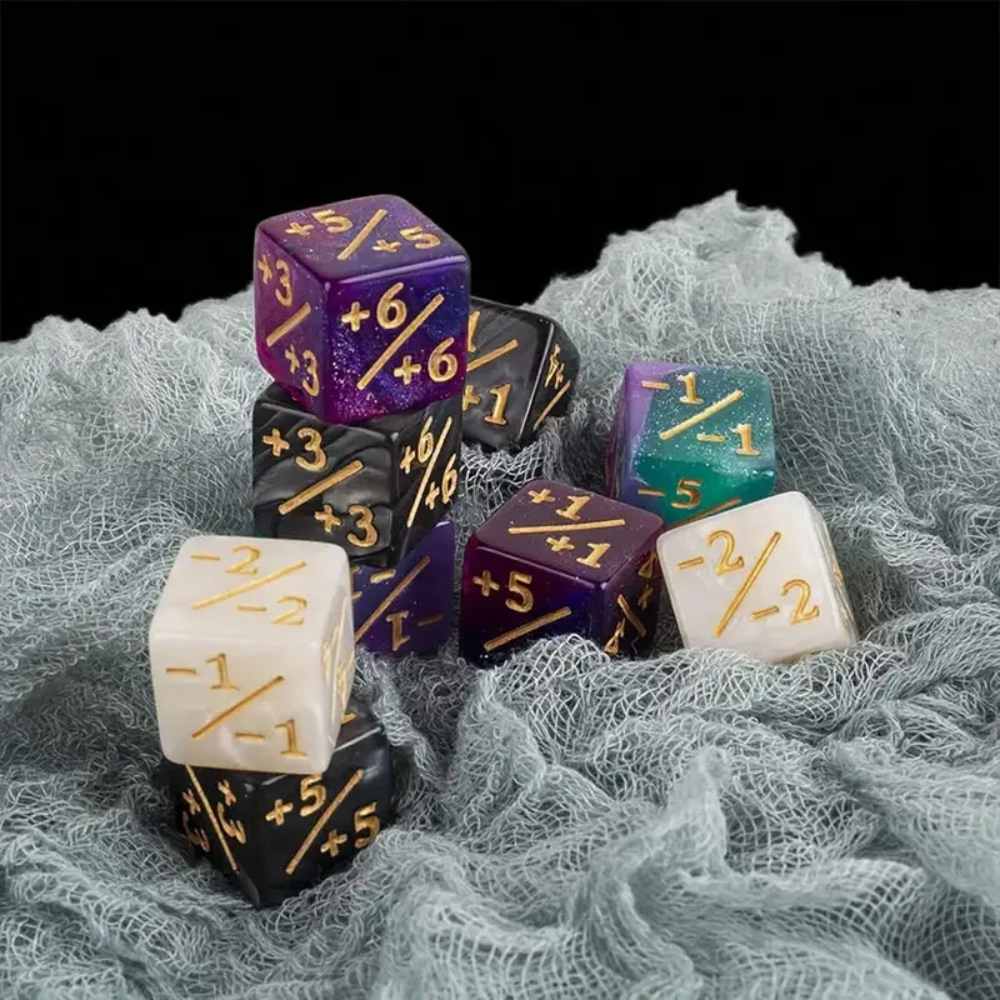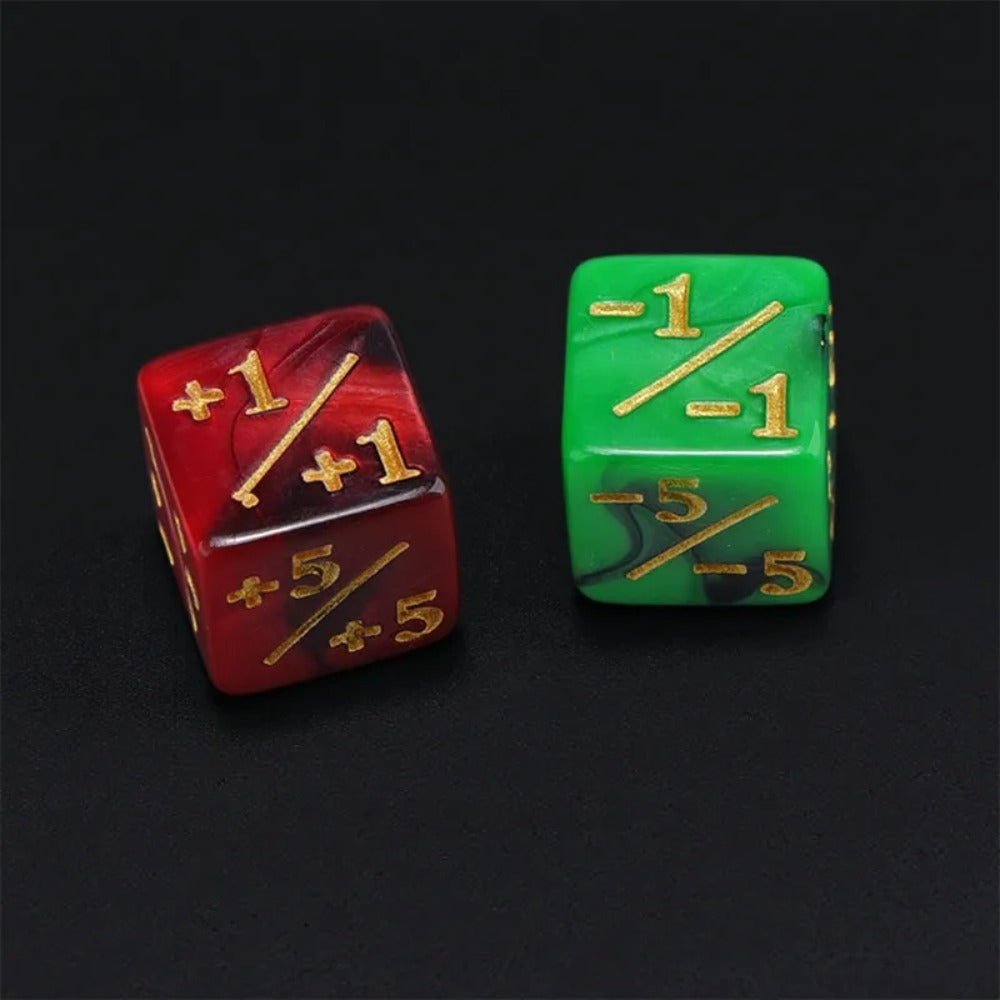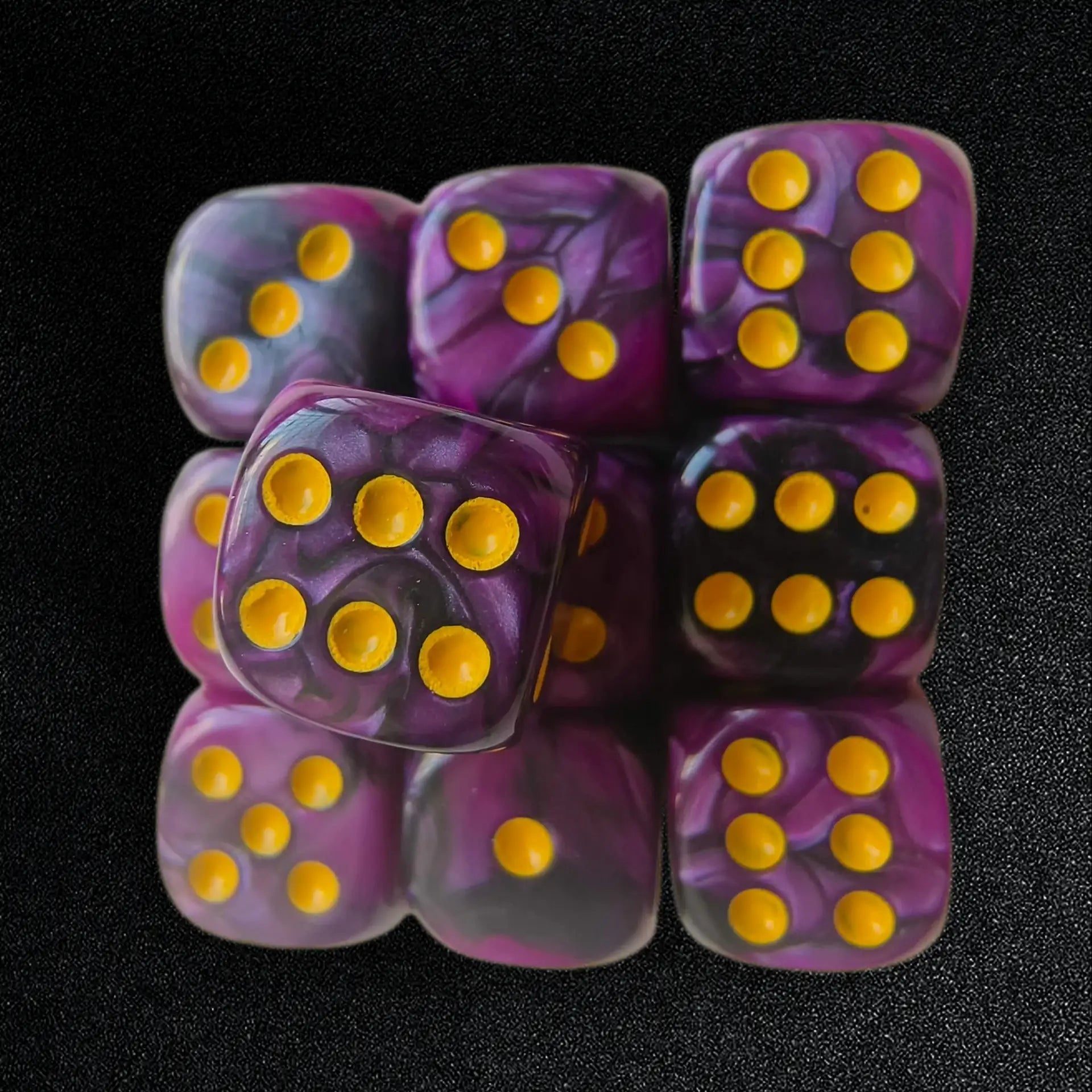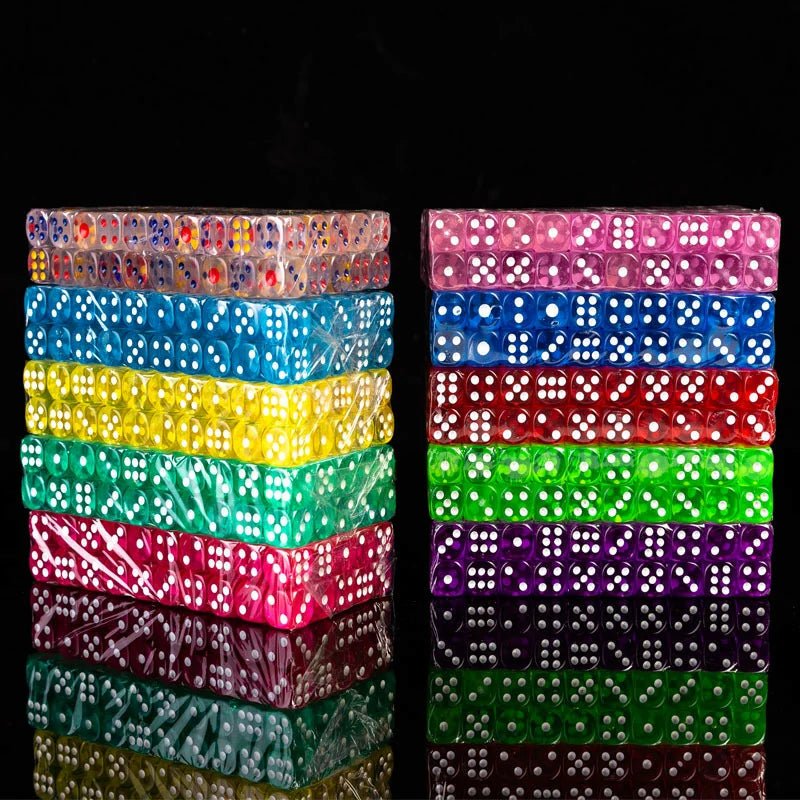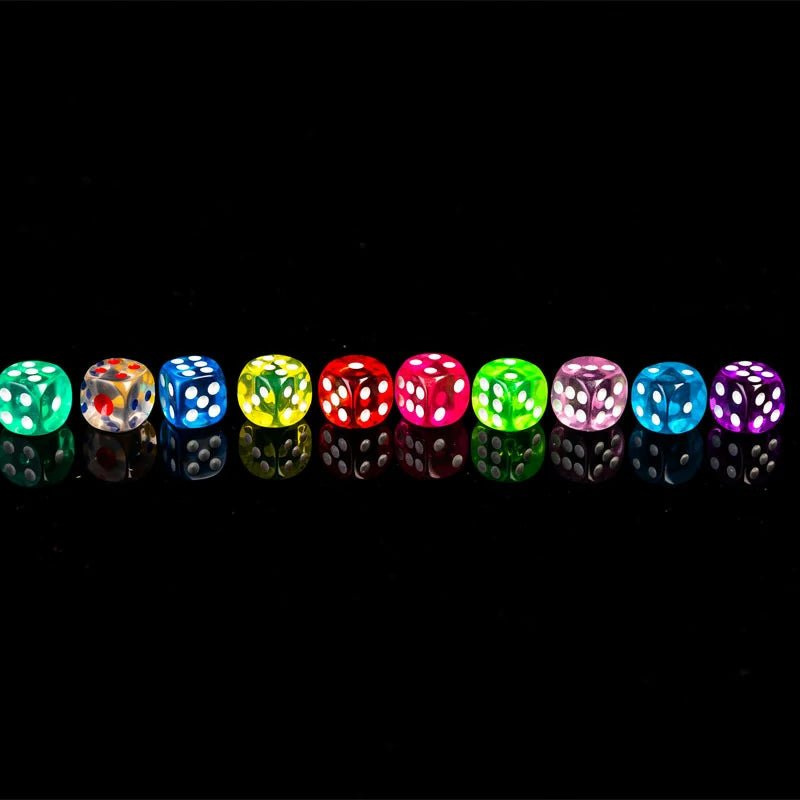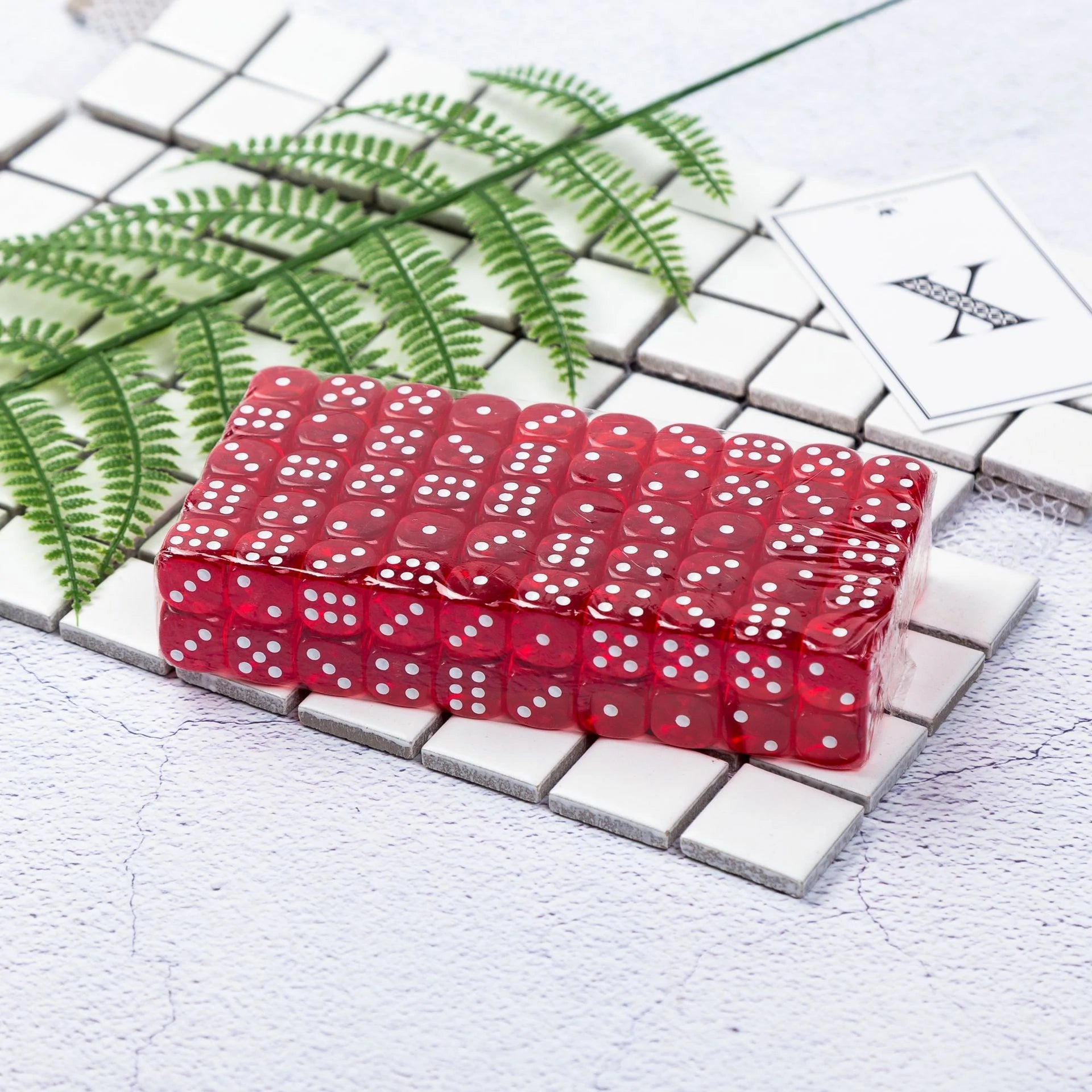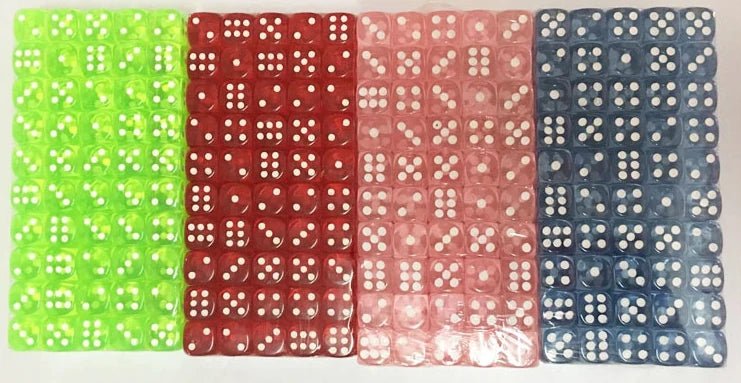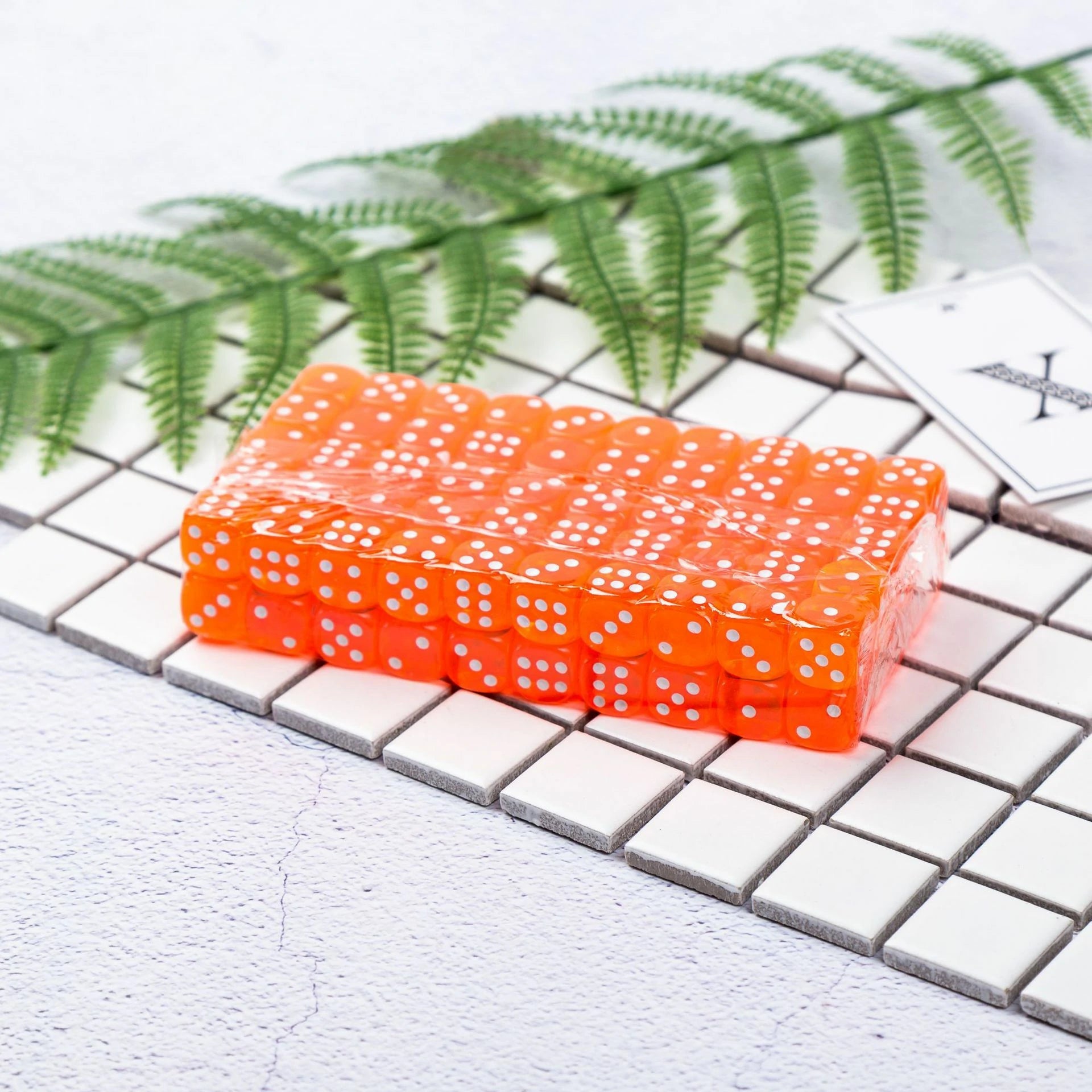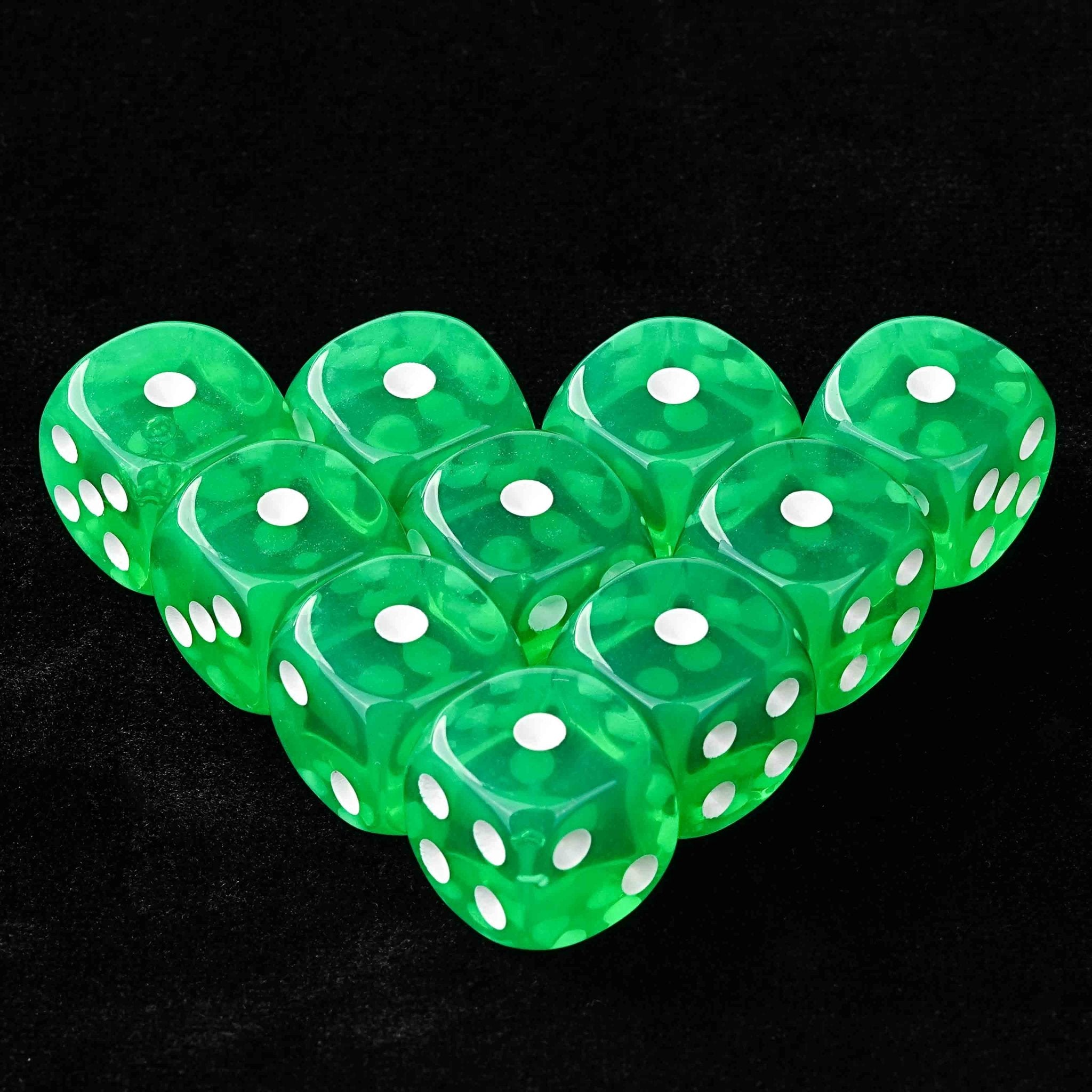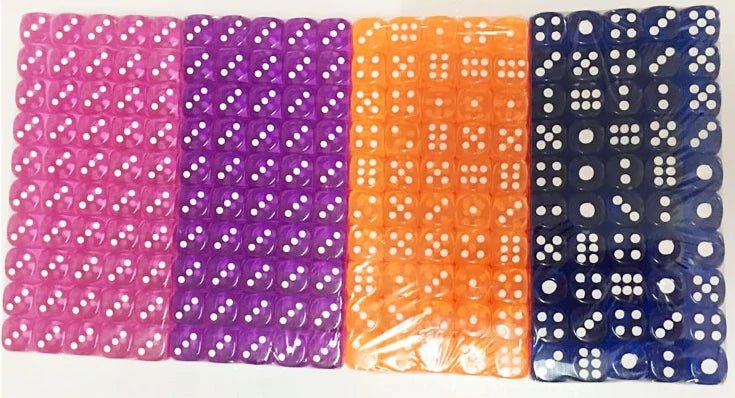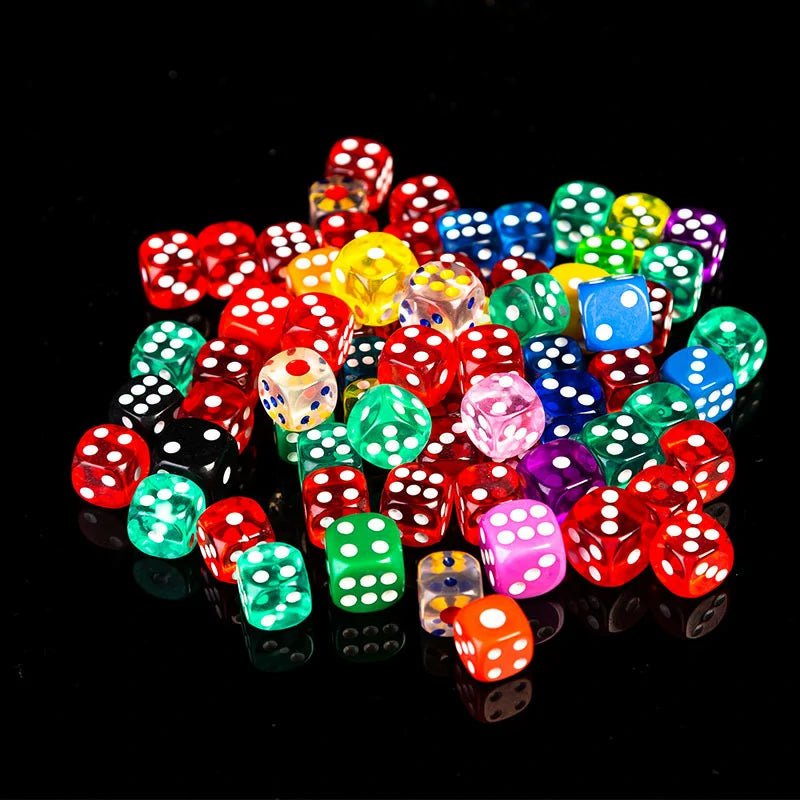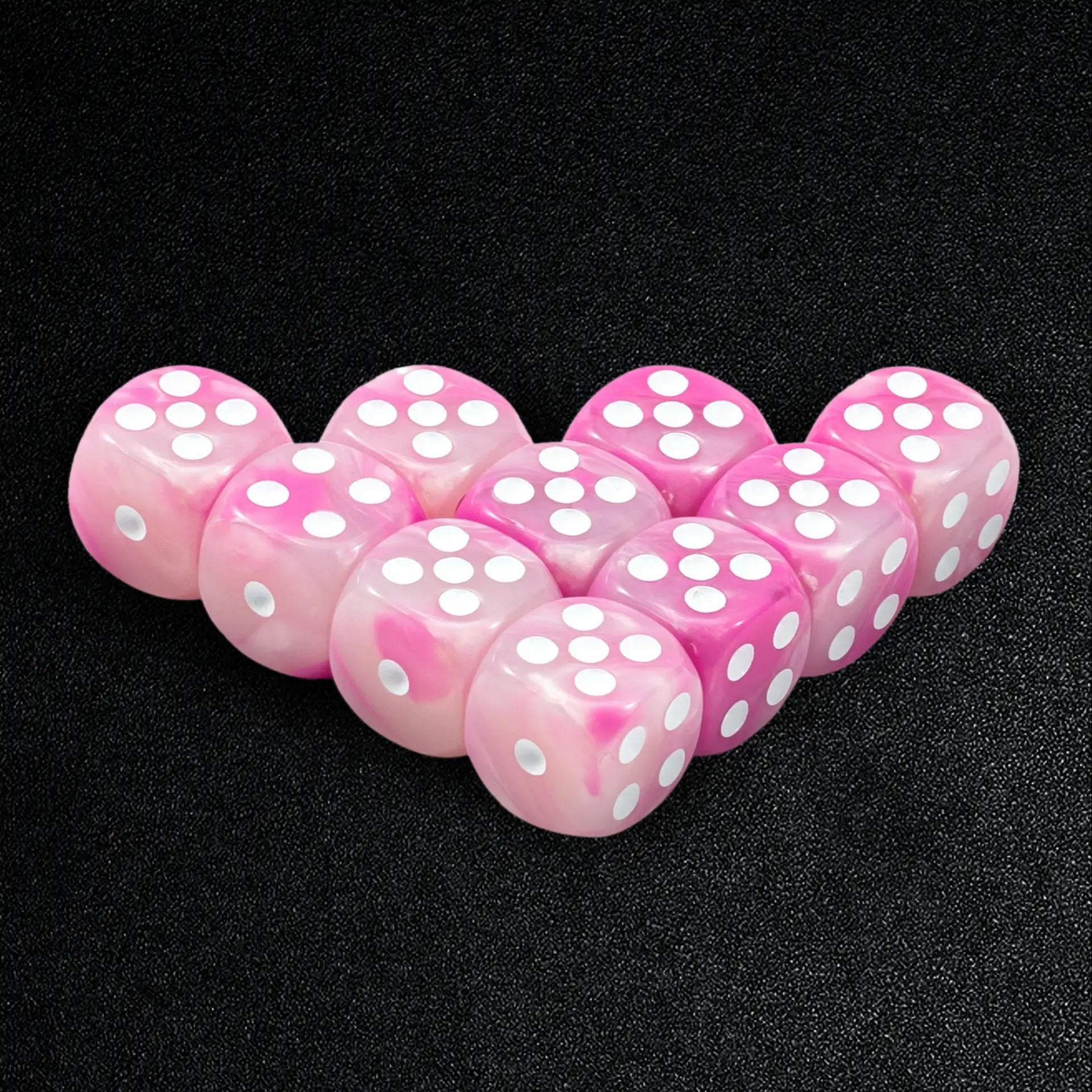
If you're looking for a dice game, you might want to check out the board game Bunco. If you've never played Bunco, don't worry, we've got simple rules for the game of Bunco so you can learn the rules, start playing, and have fun!
Table of Contents
What is Bunco
Bunco is a dice-rolling luck board game. It is easy to operate, does not require any skills, is easy to get started, and is highly social. It is a good choice for family gatherings, team building, and leisure and entertainment! When the points of the dice rolled by the player are all consistent with the current round number, the player will get the corresponding points. After multiple rounds of accumulated points, the final victory will be achieved.
Player Numbers and Groups
1. Number of players:
Usually, 12 players participate in the game, because this number is divisible by 4. However, the game can also be played with more or fewer players as long as the total number of players is divisible by 4, so that each table has 4 players. If the number of players is an odd number, a "ghost" player can be designated, and his partner is responsible for rolling the dice and keeping score for the "ghost" player.
2. Grouping:
12 players are divided into 3 groups, each group of players is around a table. The three tables are "main table", "middle table" and "loser table". There is a bell on the "main table", and the players at the main table will ring the bell to indicate the start and end of the round and master the rhythm of the game. If there are more than 12 players, they will be numbered, i.e. main table, middle table 1, middle table 2, loser table...
3. Teams:
At each table, players sitting opposite each other in the first round are teammates. This team arrangement may change after each round.
Bunco Preparation
- Six sided dice (3 dice per table)
- 1 bell, placed on the main table (used to announce wins in certain games or special situations)
- A score sheet and a pen for each player

Make your Bunco experience more enjoyable with our top-notch dice. Check out our wide selection of premium Bunco dice today! Enjoy! dice set | D6 dice | Board Game Accessories
Basic Rules
- At the beginning of each round, the current round number will be used as the target score, such as 1 for the first round, 2 for the second round, 3 for the third round, and so on.
- In each group, there is a player who acts as a dice thrower. The dice thrower picks up 3 dice and throws them at the same time.
- Then check whether the 3 dice thrown meet the corresponding scoring rules and record the score on the score sheet.
- After each score, the player can continue to throw the dice until no score is scored.
- When the rotating player fails to score, the next player becomes the new rotating player.
- When a player reaches 21 points first, the round ends. After each round, the players are regrouped according to the score.
- There are a total of six games. The player who wins the most rounds wins, but in some Bunco games, the player with the highest team score or the most Buncos will also receive rewards.
Scoring Rules
- Roll one matching round: 1 point
- Roll two matching rounds: 2 points
- Roll three matching rounds: 21 points, this is called a "Bunco"
- Roll three of any same number: 5 points, this is called a "Mini Bunco"
Warm tips: what is a mini bunco?
Simply put, when you throw three dice of the same number, you can score 5 points, and then you can unlock a mini bunco achievement. But you have to pay attention to the difference between a mini bunco and a bunco, or you will lose more valuable points.
How to Play Bunco
Each table will have one person acting as a scorer, and the dice will be rolled in a clockwise direction, starting with the scorer.
- In the first round, try to roll as many 1s as possible, because the goal score in the first round is 1. If you roll a 1, you get 1 point; if you roll two 1s, you get 2 points; if you roll three 1s, you get the highest score of 21 points. At this time, the player will shout "Bunco" and record "#" on the score sheet of the player who rolled "Bunco".
- Let the first player continue to roll the dice until he rolls a point that does not score, then he needs to pass the dice to the next player. For example, if the first player rolls 2, 3, and 4 in the first round, because the points he rolled do not match the current round number 1, he needs to stop rolling the dice and pass the dice to the next player.
- If one of the groups on the main table scores more than or 21 points, the first round of the game ends, and the main table needs to ring the bell and say "Game Over!"
- After the first round, teammates and tables need to be replaced. The winning team of the main table will stay at the main table, and the losing team of the main table needs to go to the middle table.
- The second round begins, and the number of rounds in the second round is 2, so each player tries to roll a point of 2 to score. Bunco is a six-game game, Players accumulate more points by rolling the dice and maintain the score advantage until the end of the sixth game.
- When all rounds are completed, the scorekeeper counts the scores of each team, the number of Buncos each player gets, and the total score. The player with the highest total score and the most Buncos wins.
How do I fill out the Bunco scoring sheet?
In Bunco, the first and second most important props are the dice and the score sheet. You can simply purchase the dice at a dice shop, but filling out the score sheet requires understanding the scoring rules. Don't worry, I'll walk you through it step by step.

1. Name
First, you need to enter your name on the score sheet, which signifies that this is your score sheet.
2. Total Points
This column records the player's total points across all games. It starts blank and accumulates as the game progresses.
3. Wins, Losses, and Buncos
These three columns record the player's wins, losses, and buncos across all games, respectively. They start blank and are updated after each game.
4. Game Scoring
GAME 1 - GAME 6
This score sheet can record the scores for six games. Each game has its own scoring area. Scoring Grid
The scoring area for each game is divided into several grids, each corresponding to a dice number (from 1 to 6) representing a different target score.
When the player rolls the corresponding number in the first round, mark the corresponding square. For example, if the player rolls three 1s in the first round of Game 1, write "W" in the 1-point square in Game 1 and record it in the Bunco column. However, if the player rolls a non-scoring combination of 2, 5, and 6 in the first round, the player loses the round and writes "L" in the 1-point square in Game 1.
5. Total
At the bottom of each record sheet is a "Total" column. After each round, calculate the total score for that round (e.g., 3W3L) and enter it in the "Total" column. At the same time, update the total score in the "Wins," "Losses," and "Buncos" columns, as well as the "Total Points" column.
Variant Gameplay
As a popular party game, Bunco does have some variations or different ways of playing to increase the fun and variety of the game.
1.Variations of Basic Rules
-
Variations in the number of dice: Although the traditional Bunco game uses three dice, some variations may use a different number of dice, such as six or twelve, to accommodate different game scales and player preferences.
-
Scoring rule adjustments: In the traditional Bunco game, players need to roll three identical points to get points or "win points". But in some variations, this number may be adjusted, such as rolling four or five identical points to score.
-
Game rounds and rounds changes: The traditional Bunco game usually includes multiple rounds, and each round has multiple rounds. But in some variations, the number of rounds and rounds of the game may be adjusted to accommodate different game times and player needs.
2.Special Gameplay and Rules
- Super Bunco:
In this variant, players need to roll five or more identical points to get a "Super Bunco" score, which is usually higher than the traditional Bunco score.
- Bunco Plus:
This variation introduces additional scoring opportunities and bonuses. For example, if a player rolls multiple Buncos in a row in a round (such as two or three consecutive Buncos), they may get additional bonus points.
- Teamwork:
In some variations, players may play as a team instead of fighting alone. Team members can work together to roll Bunco or other scoring combinations to win the team victory.
- Time limit:
In order to increase the tension and challenge of the game, some variations may introduce time limits.
- Added Scoring Rules
Added new scoring rules make your dice rolls more interesting and add to the excitement of the game.
Straight: Roll three consecutive numbers for 10 points, such as 1, 2, and 3.
Odd: Roll three different odd numbers for 7 points, such as 1, 3, and 5.
Even: Roll three different even numbers for 8 points, such as 2, 4, and 6.
3.Special Props and Rules
Some variations may use special props or introduce additional rules to increase the complexity of the game.
Social and Interactive Elements
- Player Communication and Interaction:
In the Bunco game, communication and interaction between players are very important. Some variations may encourage players to guess or bet before rolling the dice to increase the fun and interactivity of the game.
- Rewards and Penalties:
Some variations may introduce rewards and penalties to make the game more interesting. For example, the player or team with the highest score may receive a prize, while the player or team with the lowest score may face some kind of punishment (such as performing a show or paying a small fine, etc.).
FAQs about playing Bunco
1. What kind of dice are needed for Bunco?
A: Bunco generally uses transparent resin dice, plastic dice, acrylic dice, etc. You can purchase your preferred dice props at Bear Dice.
2. How many dice are needed for Bunco?
A: Each table needs three six-sided dice for rolling.
3. How many sides do Bunco dice have?
A: Six-sided dice are required.
4. How do you win a Bunco game?
A: Winning a Bunco game generally means winning the most rounds. There are also prizes for the highest team score or the player who receives the most Buncos.
5. When the player at the main table rings the bell to end the round, do the remaining players also have to end their games?
A: When a player at the main table rings the bell after receiving a Bunco, the round ends, and the remaining players must end their games. Therefore, you may not even get a chance to roll the dice in that round!
6. How many rounds are there in Bunco?
A: 6 rounds are generally played, but this can be adjusted to suit the situation, for example, 3, 4, 5, or more.
7. Can two people play Bunco?
A: Yes, although you don't have 4 people sitting at a table to start the game, you can leave two empty chairs or place some stuffed animals or other items as "ghost" seats. Two people can take turns rolling the dice on behalf of the "ghost player."
8. What is a ghost player?
A: When the number of players is not an integer multiple of 4 or an odd number, a ghost player acts as a seatholder. This ghost player attaches to the player sitting opposite them. This means that the players on the same team as the ghost player have two rolls and record the scores.
9. How many players can participate in Bunco?
A: Bunco is typically played with 8 or more players, with 12 being the optimal number. However, depending on the game settings and the interests of the players, the number of players can be increased or decreased.
